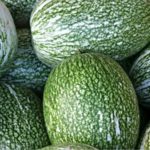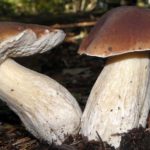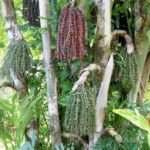The Solidago Canadensis, commonly known as the goldenrod flower, is renowned for its captivating beauty and vibrant hues of yellow. This flower, native to North America and parts of Europe, holds a special place in many cultures and has a multitude of meanings and uses. This article will delve into the symbolism, characteristics, and cultivation techniques associated with the goldenrod, offering a comprehensive guide to this fascinating flower.
1 Introduction to the Goldenrod Flower
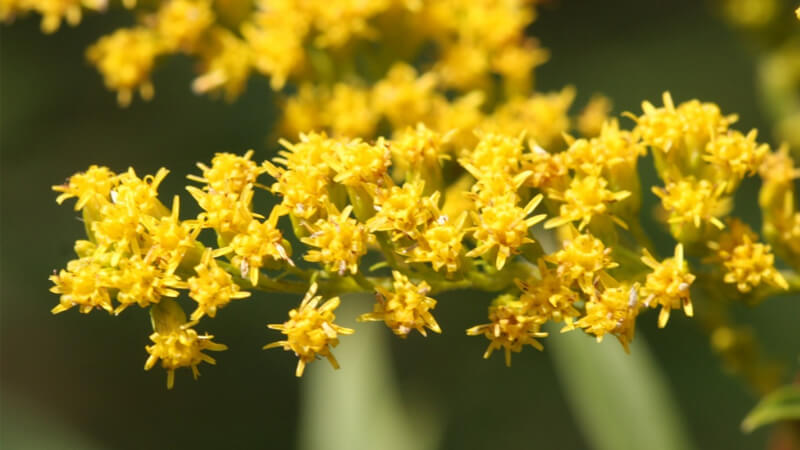 Goldenrod Flower
Goldenrod Flower
The goldenrod, also referred to as cúc hoàng anh in Vietnamese, belongs to the Asteraceae family, closely related to daisies and sunflowers. It is a perennial herb that grows wild in open fields, meadows, and along roadsides.
In urban landscapes, goldenrods are often cultivated and pruned into bushes or trained to climb trellises, adding a touch of natural beauty to the surroundings.
The plant has a herbaceous stem that grows to a height of 55-75 cm, bearing sharp-toothed, lance-shaped leaves arranged alternately along the stem.
The true stars of the show, however, are the goldenrod’s flowers. Bright yellow and fragrant, they form dense, showy clusters that bloom from summer to fall, attracting bees, butterflies, and other pollinators.
2 Symbolism and Meaning of the Goldenrod
 Symbol of Love and Passion
Symbol of Love and Passion
The goldenrod has come to symbolize enduring love and passion. Its vibrant color and fragrant blooms represent the intensity and warmth of strong emotions, making it a perfect gift for expressing deep affection.
Additionally, the flower conveys a sense of loyalty and devotion, reflecting a commitment as strong and enduring as the goldenrod’s vibrant hue.
3 Uses and Benefits of the Goldenrod
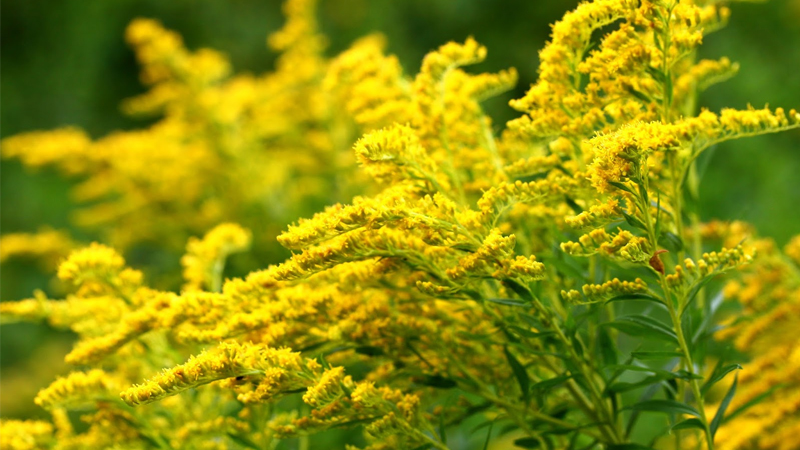 Uses of Goldenrod
Uses of Goldenrod
In Daily Life
The goldenrod’s beauty and symbolism have made it a popular choice for home gardens and public spaces alike. Its bright blooms add a touch of cheer and elegance to any landscape.
In Medicine
Goldenrod has a long history of medicinal use. It is known to possess anti-inflammatory and astringent properties, making it useful for treating a variety of ailments, including:
- Common colds and flu
- Allergies and hay fever
- Joint pain and inflammation
- Kidney stones and gout
- Skin conditions such as eczema and dermatitis
The flowers can also be used to create beautiful, handcrafted gifts for loved ones on special occasions.
4 Cultivation and Care of the Goldenrod
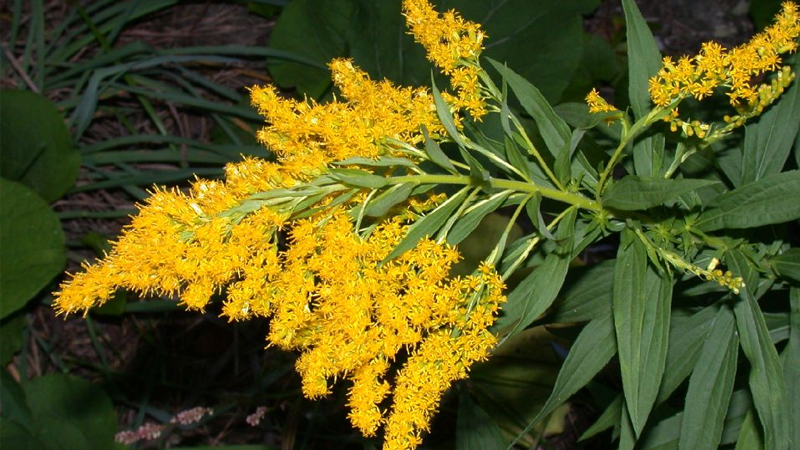 Cultivation and Care of Goldenrod
Cultivation and Care of Goldenrod
Planting
Timing: Goldenrods prefer cool, mild weather for planting. Aim for early spring or late summer to give them the best start.
Soil: These flowers are adaptable and can thrive in various soil types, including dry, acidic, and nutrient-rich soils. However, they perform best in dry and acidic conditions.
Method: Start with healthy, plump seeds. Prepare the soil by tilling and adding compost or fertilizer to boost nutrient content. Scatter the seeds over the prepared bed and cover them lightly with a thin layer of soil. Water gently to provide moisture for germination. Within 1-2 weeks, you should see seedlings emerging.
Care
Watering: Goldenrods appreciate moist soil, so regular watering is essential, especially during dry spells.
Fertilizing: To encourage lush growth and abundant blooms, feed your goldenrods with a balanced fertilizer during the growing season, especially when they are preparing to flower.
Light: These flowers thrive in full sun but can also tolerate partial shade. Ensure they receive at least 6-8 hours of direct sunlight daily.
Weed Control: As goldenrods grow, they may compete with weeds for nutrients. Regular weeding is crucial to prevent weeds from stealing valuable nutrients and hindering the growth of your goldenrods.
We hope this article has shed light on the beauty and significance of the goldenrod flower. With its vibrant hues and symbolic meaning, it is sure to bring joy and warmth to any garden or living space.



























